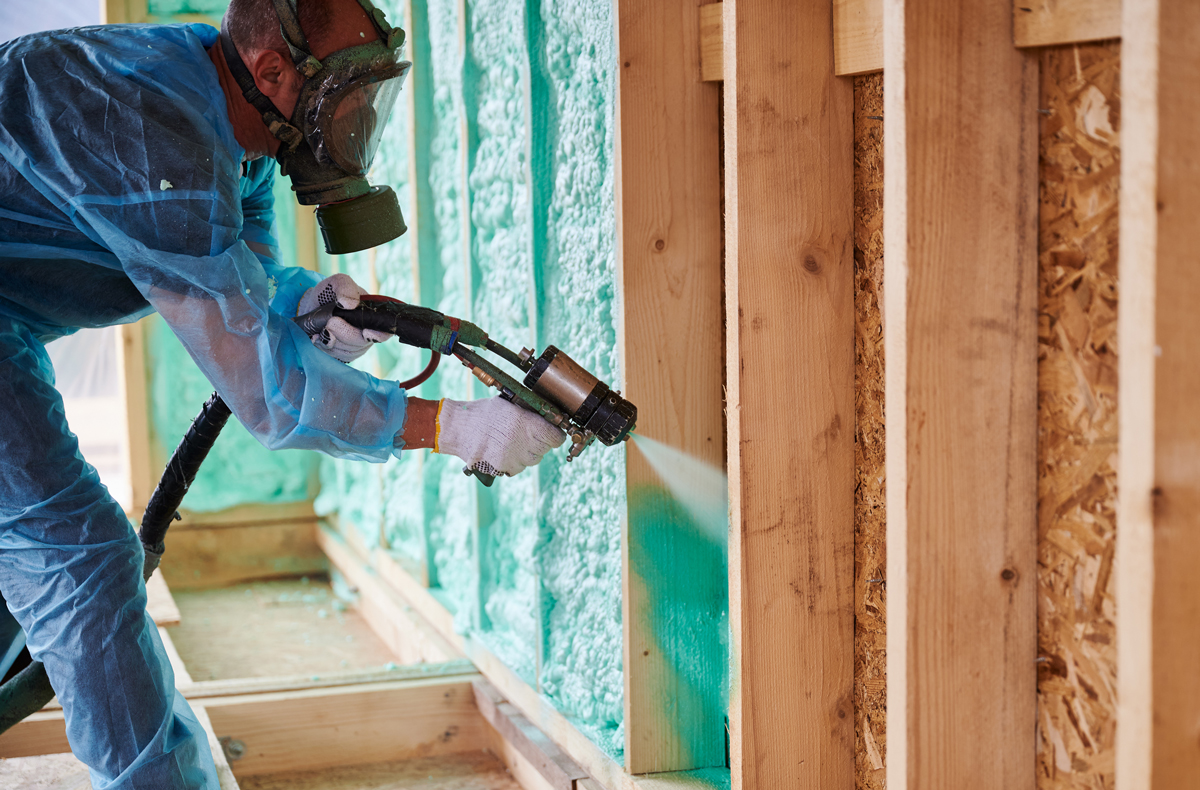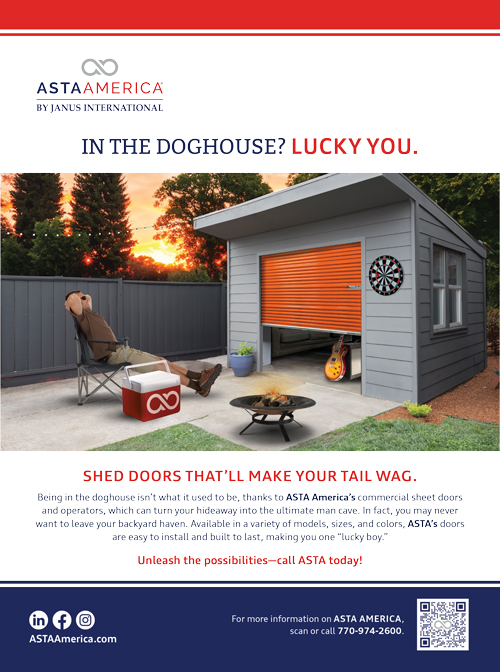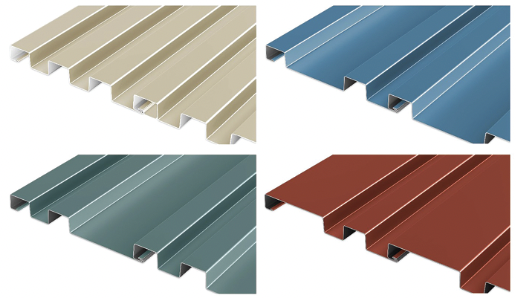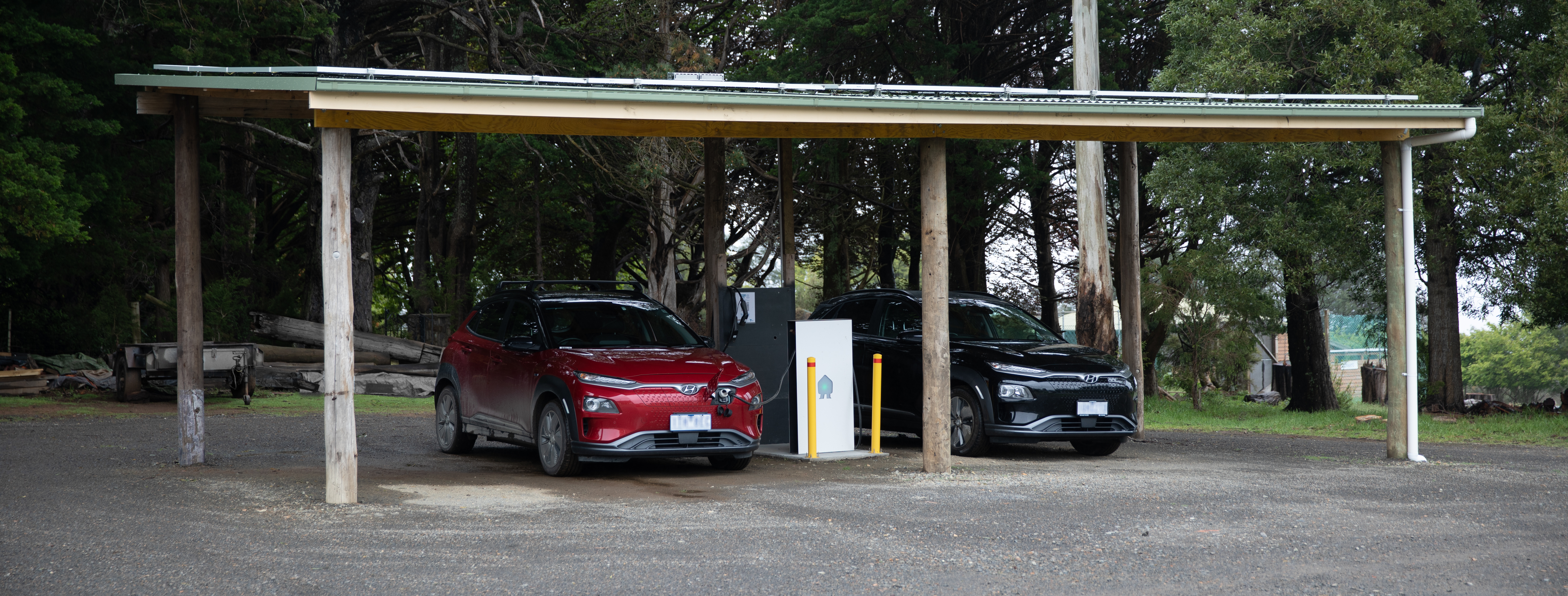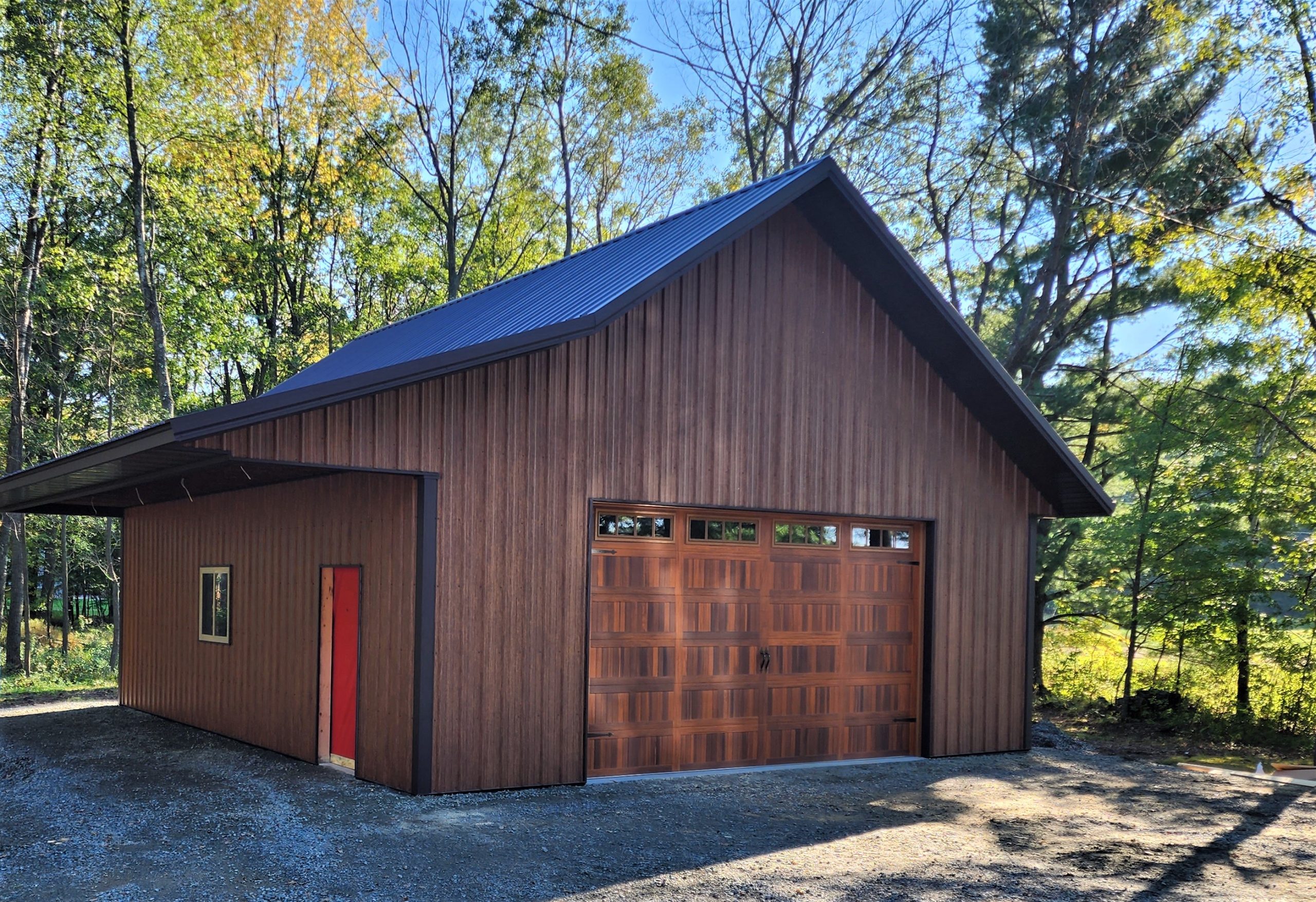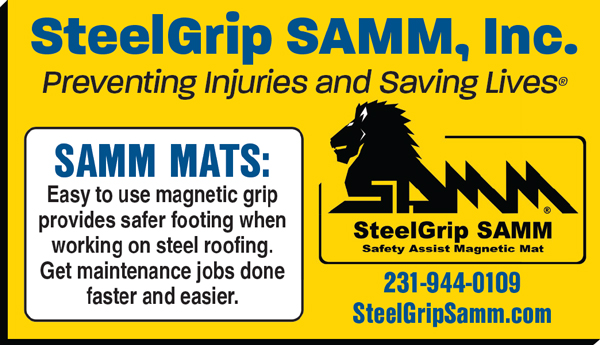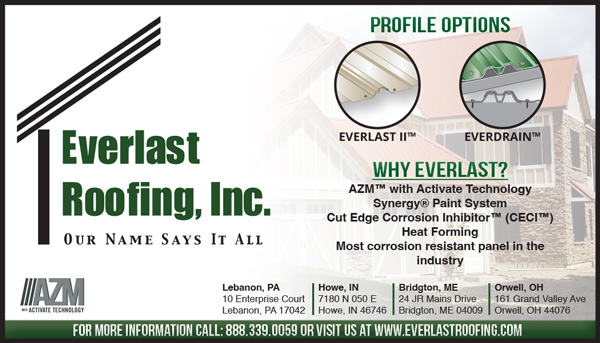The Pros and Cons of Various Insulation Materials
One of the first steps of selling a portable shed is asking the customer what problem they want it to solve; that is, what they want their shed to do. If they just need a garden shed or a shed for extra storage space to free up room in their garage, they likely won’t need it insulated. But if they’ll be spending a significant amount of time in it because it’s intended to be a hobby shed, gym, home office, studio shed, workshop, she shed, etc., it should be insulated for comfort and health.
Your business may offer insulation upgrades, but even if not, potential customers will still appreciate getting information about their insulation options. If you aren’t able to answer their questions, you might lose a sale to another dealer who can, so it’s best to be prepared.
Customers will need to consider a number of factors, including their climate, the type of insulation, the cost (including professional installation) or, if it’s intended to be a DIY project, the difficulty of installing it. Following are some pros and cons of each type of insulation.
Fiberglass Insulation:
Pros:
Fiberglass is sold in rolls or “batts” and is easy to install, which makes it good for a DIY project. It has a good R-value and is available in various thicknesses, so customers can easily select the exact R-value they want. In addition, fiberglass is fire-resistant and one of the more affordable insulation options. Fiberglass with paper facing does not need an extra vapor barrier, since the paper functions as a vapor barrier.
Cons:
If fiberglass becomes damp, its insulating properties will be reduced and may become moldy. It’s formed from fine strands, so when handled or disturbed, it can create floating particles that irritate the skin, eyes, and lungs. For this reason, the fiberglass should be covered by a barrier such as plywood or a permeable barrier that won’t trap moisture. Finally, rodents can chew holes in the fiberglass, leaving gaps, and they can nest in it and leave droppings.
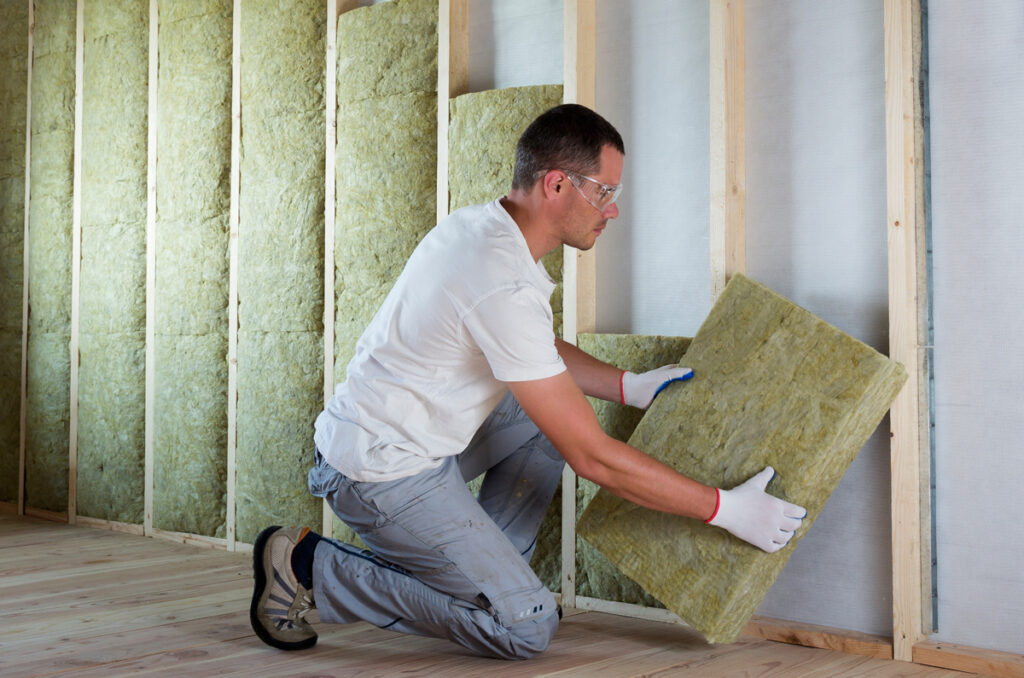
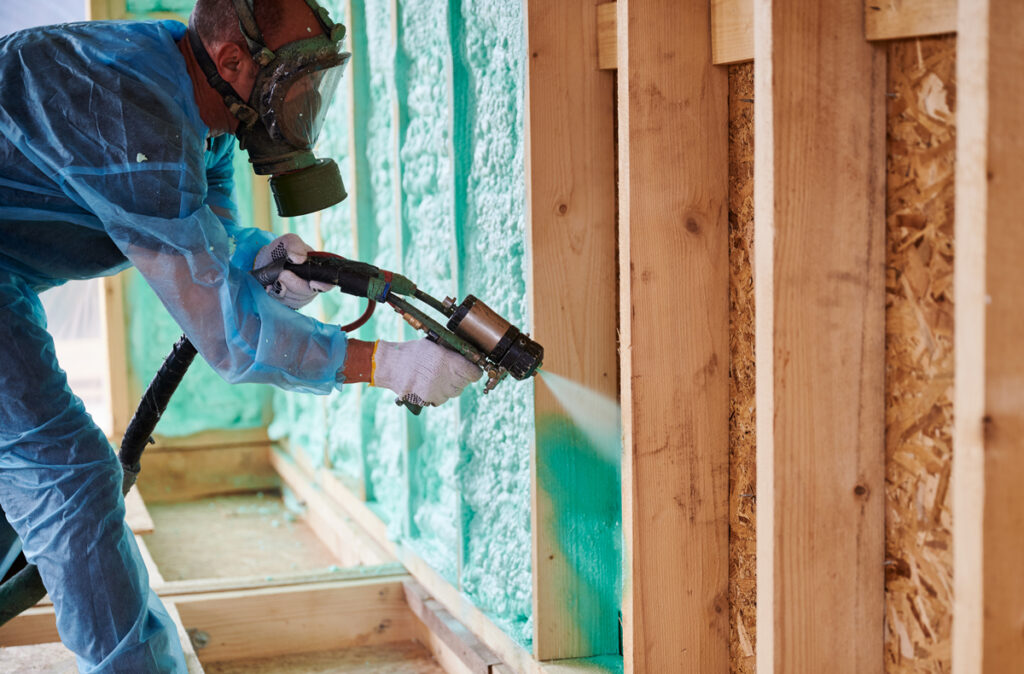
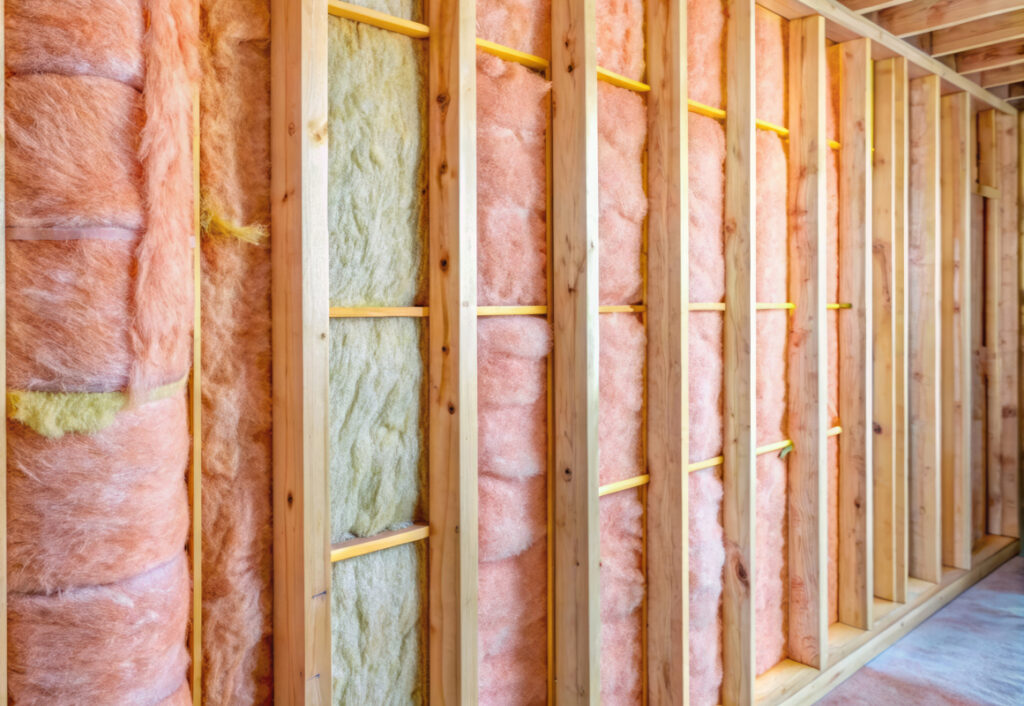
Loose Fill (Cellulose) Insulation
Pros:
Loose fill is made from recycled materials, such as ground newspaper treated with fire retardants. It has relatively good R-value and can be done as a DIY project. It provides good soundproofing.
Cons:
Loose fill can settle over time and lose some of its R-value. It is prone to absorbing moisture, which can cause mold and mildew. Installation creates dust, so protective gear should be worn. Like fiberglass, it can be vulnerable to rodent infestation, nests, and droppings.
Foam Board (Rigid Foam)
Pros:
Foam board is light and easy to cut and apply for a DIY project. It resists moisture and provides structural support.
Cons:
Foam board is more expensive than fiberglass, but less than spray foam. Some foam board may need to be covered with a fire-resistant material due to flammability. Because it is rigid, it won’t bend or conform to curved, small, or complex-shaped areas.
Mineral Wool (Rockwool) Insulation
Pros:
Mineral wool, also known as rockwool, is fire-resistant and is excellent for soundproofing. It doesn’t absorb moisture, so it’s mold resistant.
Cons:
Rockwool is more expensive than fiberglass and cellulose. It can be harder to trim and fit than fiberglass and is not as widely available as other insulation.
Spray Foam Insulation
Pros:
Spray foam has a higher R-value than some other types of insulation. It’s not only a good insulation but also seals cracks and openings that would otherwise need to be sealed with caulk. When applied thick enough, both open and closed cell foam insulation can form an air barrier and can help deaden sound, as well as add some rigidity to the structure. When applied thick enough, closed cell foam can also form a moisture barrier.
Cons:
Spray foam costs more than some other insulation types and generally requires professional installation, adding to the total cost. Open cell foam, because of the nature of its structure, will not form a moisture barrier. Once in place, spray foam is difficult to remove or alter. For this reason, it’s important that any electrical or other interior upgrades be done before the spray foam is applied.
Reflective Insulation
Pros:
Reflective insulation has a shiny aluminum coating on one side and a thin, air-filled bubble layer on the other. It reflects external heat to help keep a shed cool on a hot day, yet insulation to help reduce heat loss on a cold day. It’s relatively inexpensive and easy to install. Plus, it doesn’t absorb moisture, so it’s mold resistant. It can also be used as a vapor barrier because of its moisture resistance.
Cons:
It has a relatively low R-value and is more effective in hot climates to reduce heat than it is in cold climates to retain heat.
Other Things to Consider:
• Potential shed customers who are considering insulation should consult their local building codes for requirements.
• A building permit may also be needed to insulate, and it may need sign off from a building inspector.
• Before adding insulation, gaps and cracks should be sealed with caulk, weather sealing, or expanding foam.
• In addition to insulating walls, floors, ceilings, and doors should be insulated as well to get the most benefit.
• A shed that is insulated should also include ventilation to regulate heat and moisture and prevent mold and mildew.
• A vapor barrier should be placed on the warm side of the insulation to prevent condensation from forming within the walls.
Resources
• Innovative Energy, Inc. (innovativeenergy.com)
• NOFP-High Performance Insulation (nofp.com)
• Plyco Corporation (plyco.com)
• rFoil Reflective Insulation (Covertech, inc.) (rfoil.com)
• Thermal Building Concepts (thermalbuildingconcepts.com)
• Ventco by Lakeside (lakesideworld.com)


